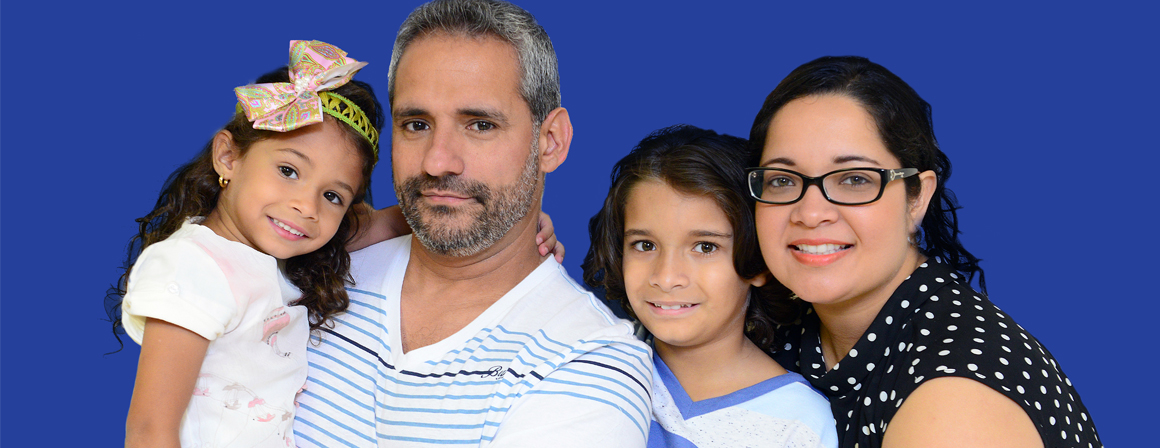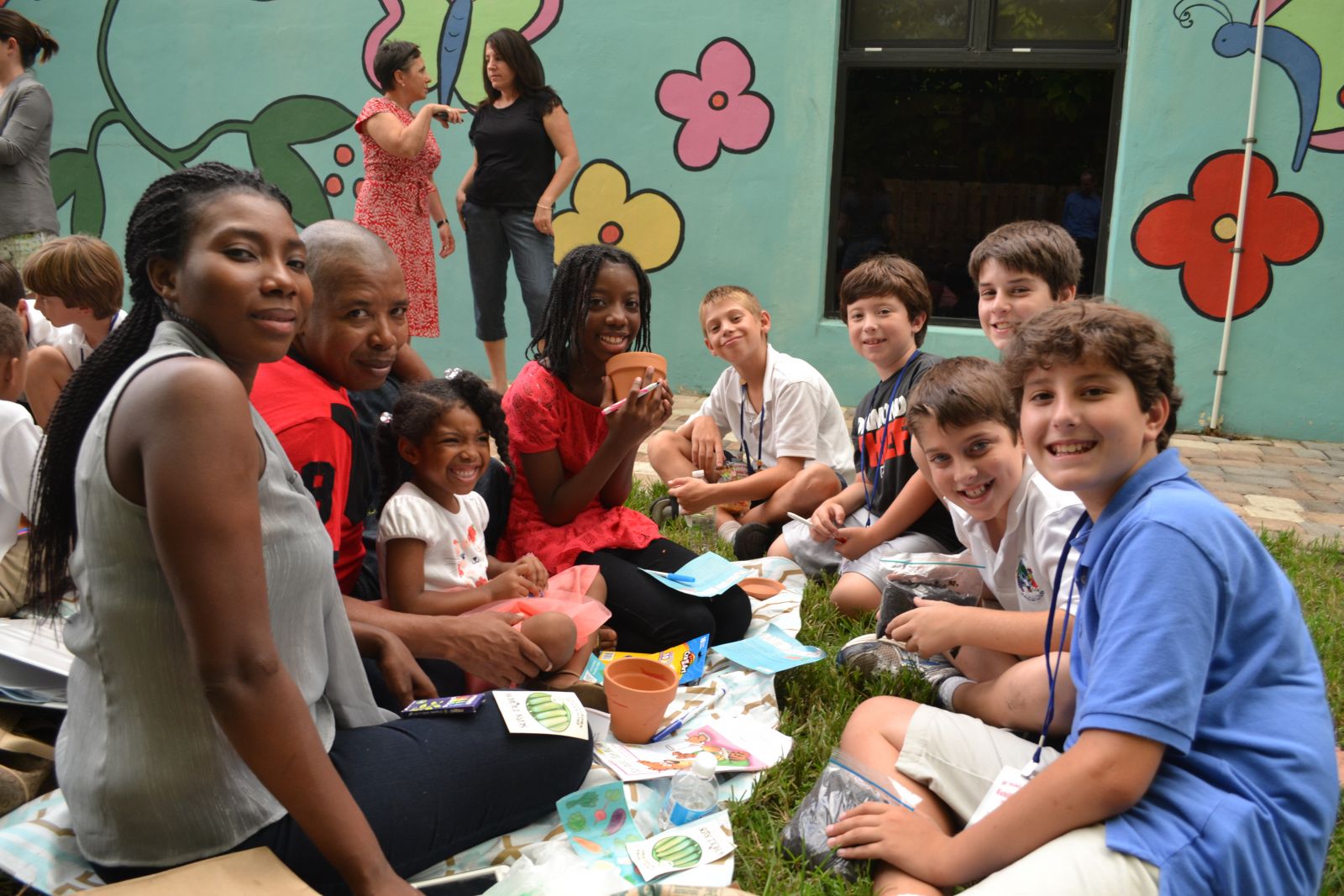Empowering a new generation of Americans
You are here
How to Teach Kids about Community Service
Teaching your Children about Community Service
Pictured above: Volunteer youth from the Kehilla Club at B'Nai Aviv doing community service with our Unity 4Kids children and families.
Be a giving role model. Children love to copy their parents, so let them follow your lead as a volunteer. "Two thirds of youths who volunteer become active adults who volunteer," says Tanisha Smith, national director of volunteer services for Volunteers of America. When a parent or guardian is involved, the child often looks forward to the activity even more, and you get to share this special time with your child.
Find something fun. "Look for something that really fits you and your personality, and matches your family's dynamics," Smith says. Many children love animals, so find an animal shelter or wildlife rescue that needs donations of food or towels, or allows volunteers to walk the dogs. You could even offer to walk your neighbor's dog. If you have a friendly dog, ask a local nursing home if you can bring Fido in for a visit.
Find something easy. Volunteering doesn't have to take up an entire day if you don't want it to. "It can be as quick and fast as you need it to be," Smith says. She suggests picking up a gift for a toy drive or Adopt a Family program when you're already shopping for a gift for someone else. You can take five minutes and ask your child to go through toys and clothing in your house that they don't use anymore. Although children may first resist giving up their possessions, they may get excited about the idea of helping a child who doesn't have the same toys, particularly a younger child who will love the toys your child has outgrown.
Make it part of the family schedule. Between school, work, sports and events, family life is busy. The trick is to build volunteering into your schedule so that it becomes a priority. "It can be a one-time deal on Thanksgiving every year or a long-term commitment in which you go to a shelter or senior center on a regular basis," Smith says. If you make it part of the family routine, you can instill the notion that your family values giving their time and helping hands to those in need. Make sure that your children have a say in the activity your family chooses, so that they get even more out of the experience.
Create your own opportunity. Some parents struggle to find organizations that allow young children to participate as volunteers, due to age restrictions or other requirements. "Many organizations set minimum ages of 12, 13, or even 18 to be involved in activities. But there are things that you can do with children—even young ones," says Dr. Amy D'Unger, chair of the Board of Directors for Compassionate Kids, Inc. A few options that you can do with your child include fund raising, such as a walkathon, a lemonade stand or bringing a Unicef can with you when you trick-or-treat.
Think beyond volunteering. Beyond traditional community service opportunities, D'Unger also recommends taking your child on a field trip to expose them to an important social issue, such as homelessness, animal rescue or saving the environment. She says these experiences "can set the foundation in knowledge and enthusiasm for future volunteer activities." By showing your child who and what needs help, you can tap into how they would like to make a difference.
Learn from other generations. Senior centers are great options for older children to visit and spend time talking, reading or even watching TV with seniors whose relatives may not live nearby. Another way to interact with and learn from older generations is to deliver meals to homebound individuals through Meals on Wheels, which even has the opportunity in some cities to do your deliveries on bike instead of in the car. “From a senior's standpoint, they do not usually see anyone during the day, and a visit from a lively, smiling child makes all the difference in the world," says Enid Borden, president and CEO of Meals on Wheels Association of America. "From the child's perspective, they get the chance to talk to and learn from the very people who raised us, fought our wars, taught our schools and built our country's history."
Enlist your friends and family. Once you catch the giving spirit, consider asking your family and friends to join in. You can build care packages for the troops overseas or for homeless shelter residents. You or your child can call Grandma, Grandpa and any aunts and uncles and ask each one to pick up sample-size toiletries or other items that would go nicely in a package. When everyone is on board, your child can see how important giving is to the family at large.
See the impact. Volunteering or doing community service can benefit your child tremendously, as well as help create a family bond. "Working shoulder-to-shoulder with your kids can foster conversations about their lives and experiences and provide a window into their worlds," D'Unger says. "A project doesn't need to be on a grand scale to impact those intended to benefit from it or those who are participating." For some children, a simple smile or "thank you" from the recipient goes a long way in making them feel good about what they've done. D'Unger suggests discussing the volunteer experience with your child after the fact, to help him process what he learned and "to reinforce the positive message of service that you're trying to instill."
More Resources:
http://www.pbs.org/parents/special/article-tips-for-volunteering-with-kids.html
https://www.globalfundforchildren.org/store/activism-and-service-learning/
http://kidworldcitizen.org/2013/02/20/35-service-projects-for-kids/
http://www.kidsconsortium.org/






